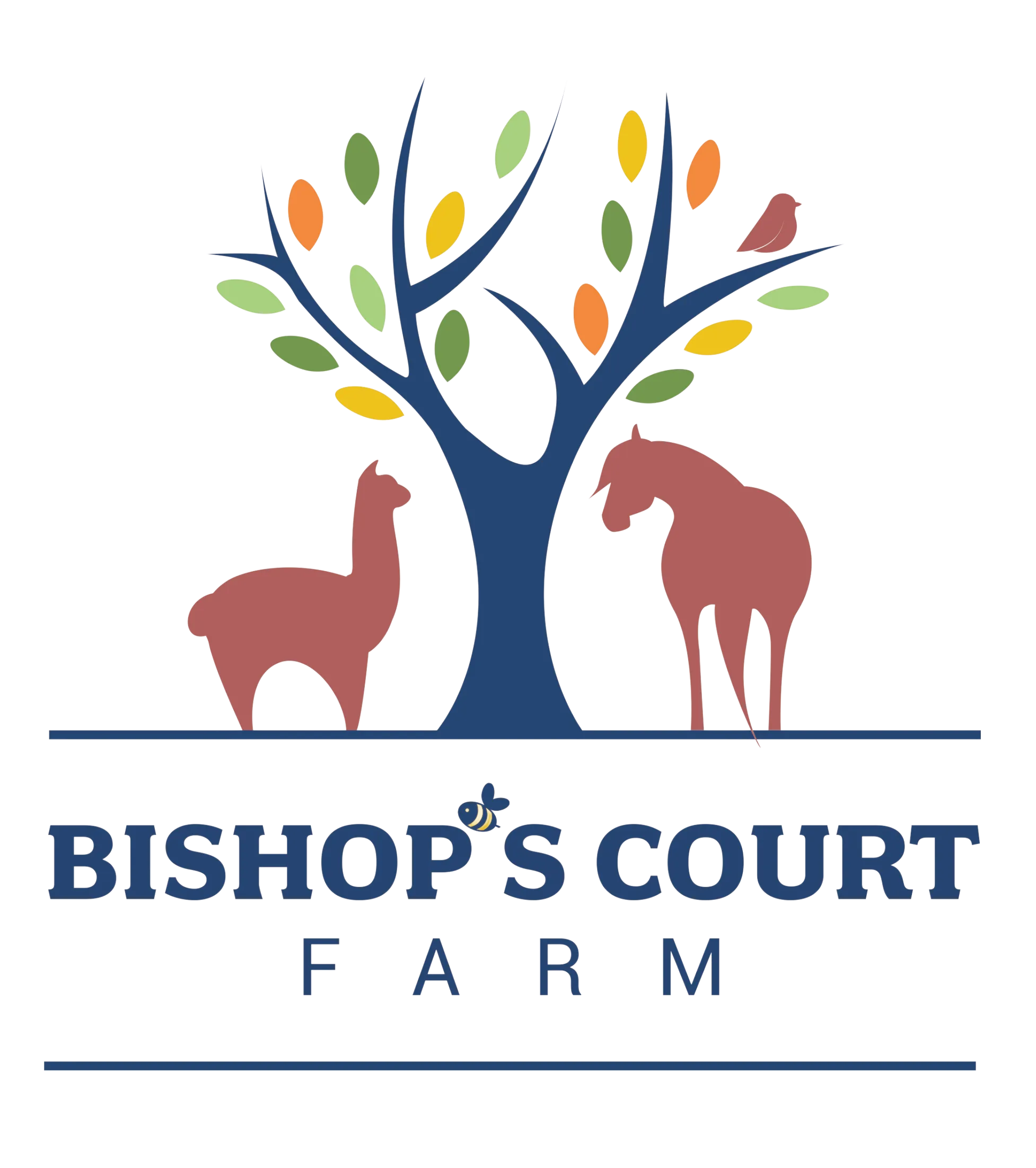Badgers are the largest mammal in the UK (apart from humans!). They are a protected species as many people have hunted them over time which resulted in their populations being decimated. However since their protection in 1992, their populations have started to improve. We are lucky enough to host several badger setts, each of which contain families of normally up to six badgers.
Badger Diet
For such a large animal their diet is surprising - around 80% of their diet is made up of earthworms, which they can eat hundreds of each night. They are omnivorous so the rest of their diet can be made up of anything from fruit, to insects, to bird eggs, to small mammals or amphibians. In fact, badgers are the primary natural predator of hedgehogs in the UK.
Badger Setts
Badger setts are extensive networks of burrows and chambers which badgers dig out using their strong claws. They can span hundreds of square metres! Most badger clans have one main sett where most of their activity and breeding takes place. They also commonly have one or more secondary setts, which are used less often. Setts can have several different entrances, including some less used ones which may be further from the main sett. As badgers are noctural, during the day they tend to stay inside their setts sleeping. Only once it reaches dusk do they tend to emerge for hunting and grooming with their families. Their most active months are during the summer when the weather is warm and there is lots of prey around to hunt.
Badgers are very territorial animals, and their territories rarely overlap with any other badger clans. They mark out their territories through scent marking to ensure other families know where they live and hunt. Whilst they do not like to share space with other badgers, they have been known to allow rabbits and even foxes to share their setts. In fact, from some of our camera trap data we believe that one of the farm badger setts is used by badgers, foxes and rabbits.
Badger Culling
Badgers have been protected since 1992, meaning it is illegal to kill or injure a badger, and we are encouraged to not disturb their setts. However farmers are still permitted with a license to cull badgers on their land due to misinformation about the spread of cattle bovine tuberculosis.
Bovine tuberculosis is a bacterial infection which is known to affect cattle and badgers, as well as other mammals. It poses little risk to humans so long as we pasteurise milk before drinking it to reduce risk of transmission. However due to its high infection rate in cattle, when a case of the infection is found, often the whole herd must be tested or culled. The badger culling was initiated as a result of the high spread of bovine TB, however the evidence indicates that culling has not had an impact on the spread of the disease.
94% of bovine TB cases are spread between cattle and the rates of infection were reducing as a result of cattle measures before the badger culling was initiated. Recently a vaccination program has been funded by the government for badgers which will hopefully reduce further the spread of bovine TB and alleviate people's fears about the spread of the infection.
Camera Trap Gallery













Want to learn more?
To continue learning about our different wildlife please continue with the links below:


